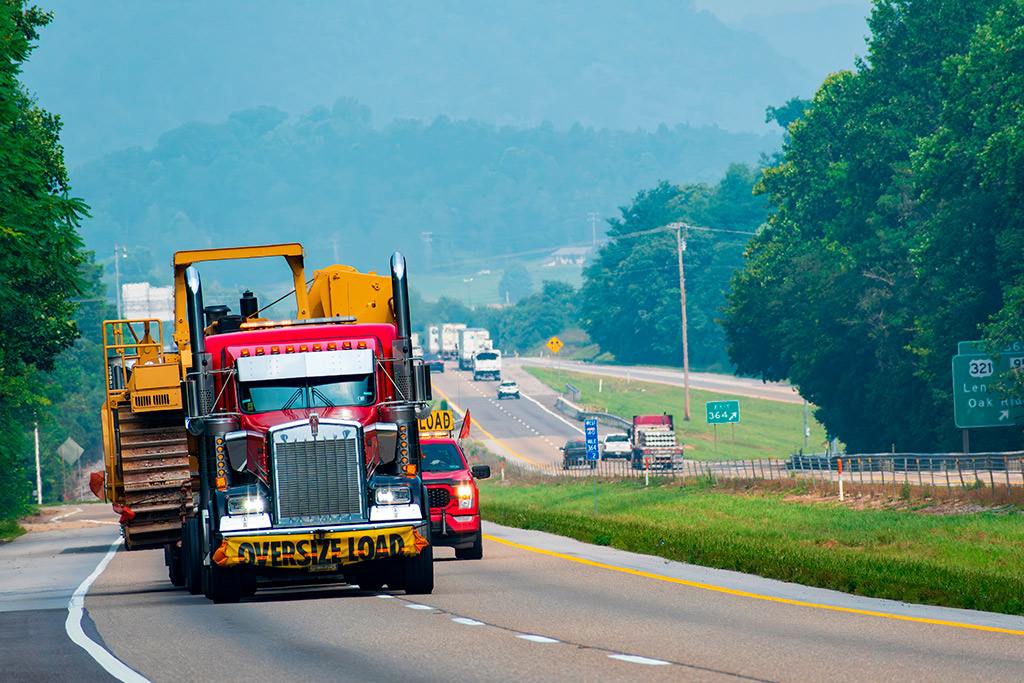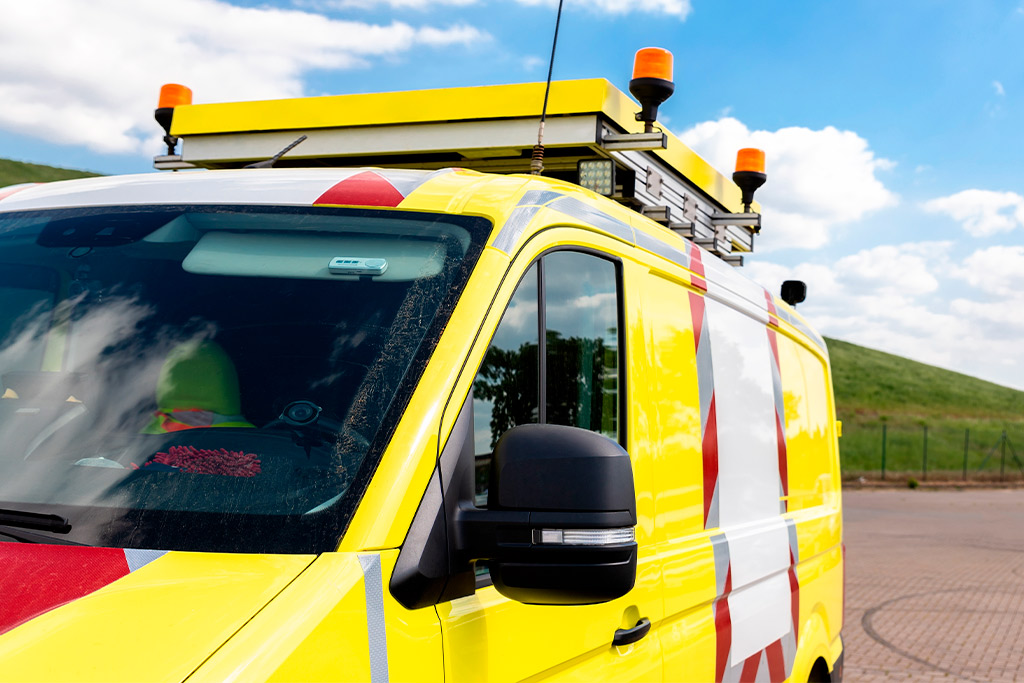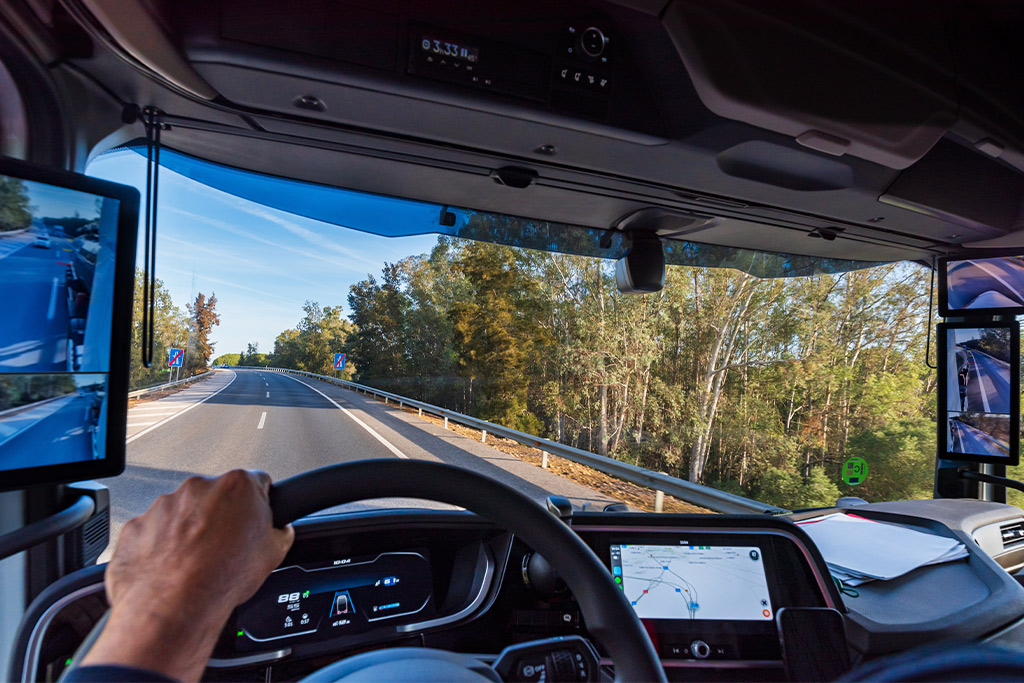San Diego Border Safety Protocols for Heavy Machinery Transport
San Diego is a vital gateway for heavy machinery transport between the United States and Mexico, handling thousands of oversized equipment shipments annually. The region’s strategic position makes it a critical hub for construction, industrial manufacturing, and agricultural sectors requiring specialized transport solutions.
Transporting heavy machinery isn’t simply about moving equipment from point A to point B. It’s a complex operation requiring meticulous planning and precision. Each piece of machinery represents a significant investment, often valued at hundreds of thousands or even millions of dollars, making safety protocols not just regulatory requirements but essential business practices.
The San Diego-Tijuana border crossing presents unique challenges for heavy equipment transporters. Without specialized experience on this route from established logistics providers to implement comprehensive security measures, including C-TPAT certifications, K-9 inspection teams, 21-point equipment checks, and real-time GPS tracking, smooth transit across the international boundary will be complicated.
Basic Safety Regulations and Compliance

Navigating the complex regulatory landscape is critical for heavy machinery transporters in San Diego. The Department of Transportation classifies cargo as heavy when it exceeds 80,000 pounds of gross vehicle weight, 20,000 pounds of single axle weight, or 34,000 pounds of tandem axle weight. These federal guidelines are just the beginning, as state-specific regulations impose additional requirements.
For cross-border transport through San Diego-Tijuana, compliance becomes even more intricate with the 2025 updates to Mexico-U.S. regulations. These changes affect everything from customs valuation procedures to environmental compliance through the Border 2025 program, which aims to protect environmental and public health in the border region, as the requirements state:
- Subscribe to regulatory updates from transportation authorities and industry associations
- Implement regular training sessions for drivers and logistics personnel
- Conduct quarterly compliance audits of permits and documentation
- Establish relationships with customs brokers specializing in heavy machinery
- Utilize digital compliance tracking systems to monitor regulatory changes
There are more regulations to adhere to, and documentation has to be prepared with inspections to comply.
| Regulatory Requirement | Purpose | Consequences of Non-Compliance |
| Oversized Load Permits | Authorize the transport of loads wider than 8.5 feet | Severe fines and potential license suspension |
| Escort Vehicles | Enhance safety for huge machinery | Increased accident liability and citation risks |
| Electronic Logging Devices | Monitor driver hours and prevent fatigue | Federal penalties and operational shutdown |
| Liability Insurance | Financial protection for high-value transport | Business disqualification and financial exposure |
Navigating San Diego’s Border Crossings

The San Diego-Tijuana border crossing presents unique challenges for heavy machinery imports, including:
- Long wait times
- Varying inspection protocols
- Complex customs procedures
These challenges can significantly impact delivery schedules and operational costs.
Recent regulatory changes, including customs valuation procedures and documentation requirements updates, have created additional complexities for cross-border machinery transport.
Transporters should be aware of the technological advancements being implemented at ports of entry to streamline border crossings. U.S. Customs and Border Protection has begun installing Low Energy Portal scanning systems that scan arriving vehicles in real time, allowing for faster processing while maintaining security standards.
Preparation for border crossing:
- Prepare comprehensive documentation, including permits, certificates of origin, commercial invoices, and detailed equipment specifications
- Consider pre-clearance options to reduce wait times at physical border checkpoints
- Partner with logistics providers that maintain C-TPAT certification for expedited processing
- Utilize real-time GPS tracking to monitor equipment location and anticipate potential delays
- Develop contingency plans for unexpected inspection requirements or administrative challenges
- Communicate with border officials for heavy machinery transport.
Providing accurate information about:
the equipment’s specifications, value, and purpose
to facilitate smoother inspections and reduce the risk of costly delays. - Establishing relationships with customs brokers specializing in heavy equipment can enhance border crossing efficiency.
Essential Safety Protocols for Transport Heavy Machinery

Beyond regulatory compliance, implementing robust safety protocols is essential for successfully transporting heavy machinery through San Diego.
Securing equipment
The first critical step involves properly securing equipment to prevent shifting during transit. Using appropriate tie-down methods with the correct weight ratings is non-negotiable for maintaining load stability.
- Use heavy-duty chains that are tight enough to prevent movement while in transit
- Locate manufacturer-designated tie-down points to prevent equipment damage
- Ensure chain and hook binder grades meet your working load limit
- Immobilize equipment wheels with appropriate wedges or chocks
- Apply additional securing measures for articulated machinery components
Procedures for Loading and Unloading
The most hazardous phases of heavy machinery transport are the loading and unloading. Establishing clear procedures and ensuring all personnel are adequately trained minimizes risks during these critical operations.
Designated loading zones should be used, with equipment properly aligned before movement onto trailers.
- Clear the loading/unloading area of all obstacles and personnel
- Remove ice, snow, or water from ramps and trailer beds
- Use spotters to guide operators during loading and unloading
- Never exceed the rated capacity of the loading equipment
- Maintain three points of contact when entering or exiting machinery
Regular Inspections for Heavy Machinery
Regular equipment inspections form the foundation of safe transport operations. Before each journey, conduct comprehensive visual assessments of tires, tracks, hydraulic systems, and structural components.
Additional measures can include adequate route planning, which should account for weather conditions, road hazards, and overhead clearances to prevent unexpected complications.
Make sure your heavy machinery arrives safely and on time with Mex-Cal Truckline’s expert transportation services for border crossing. Our 40+ years of experience in industrial logistics guarantee efficient and secure handling of your valuable equipment. From comprehensive inspections to state-of-the-art security measures, we provide seamless solutions tailored to your needs. Don’t leave your heavy machinery transport to chance: partner with a trusted leader in the industry. Contact us for a quote today!






